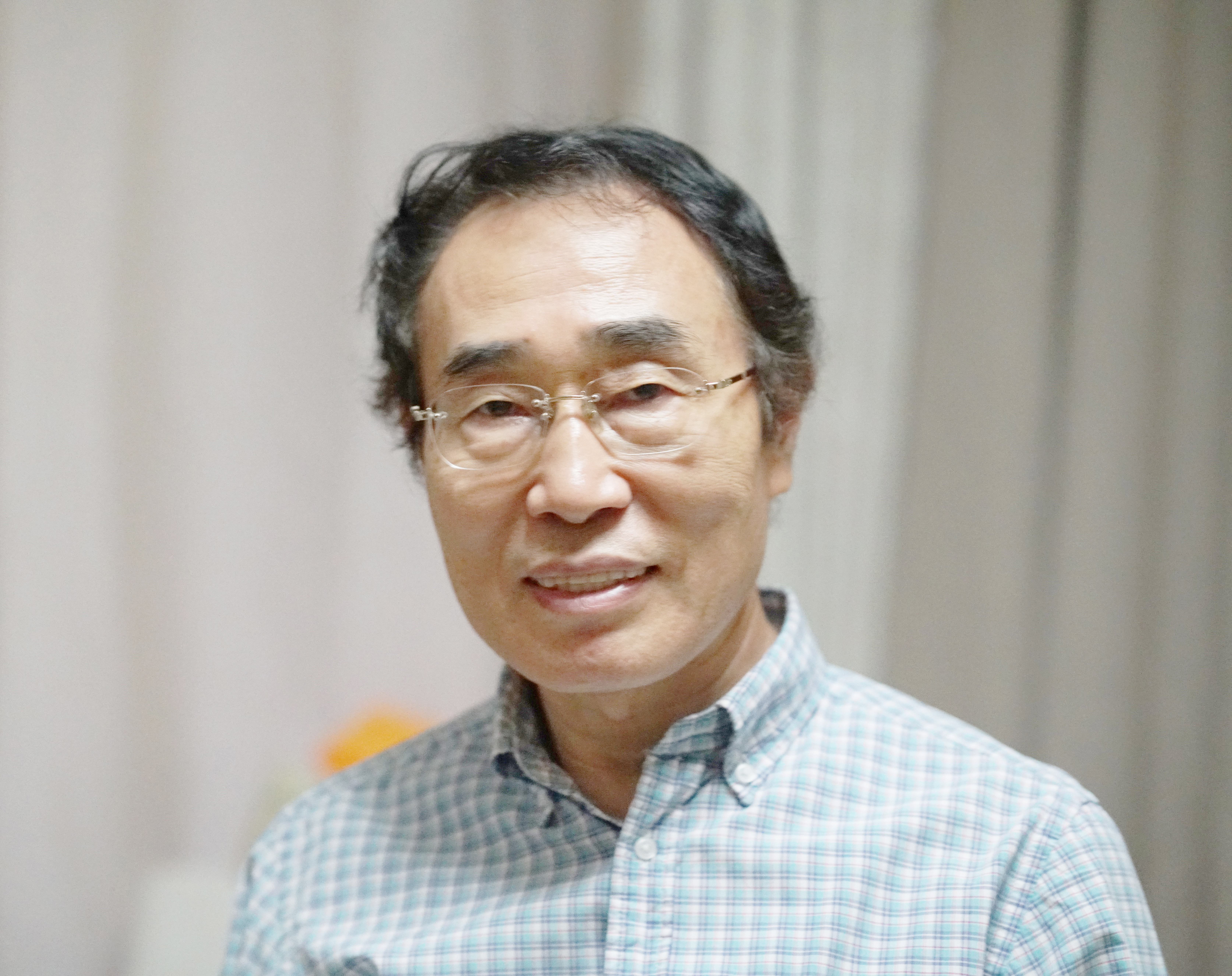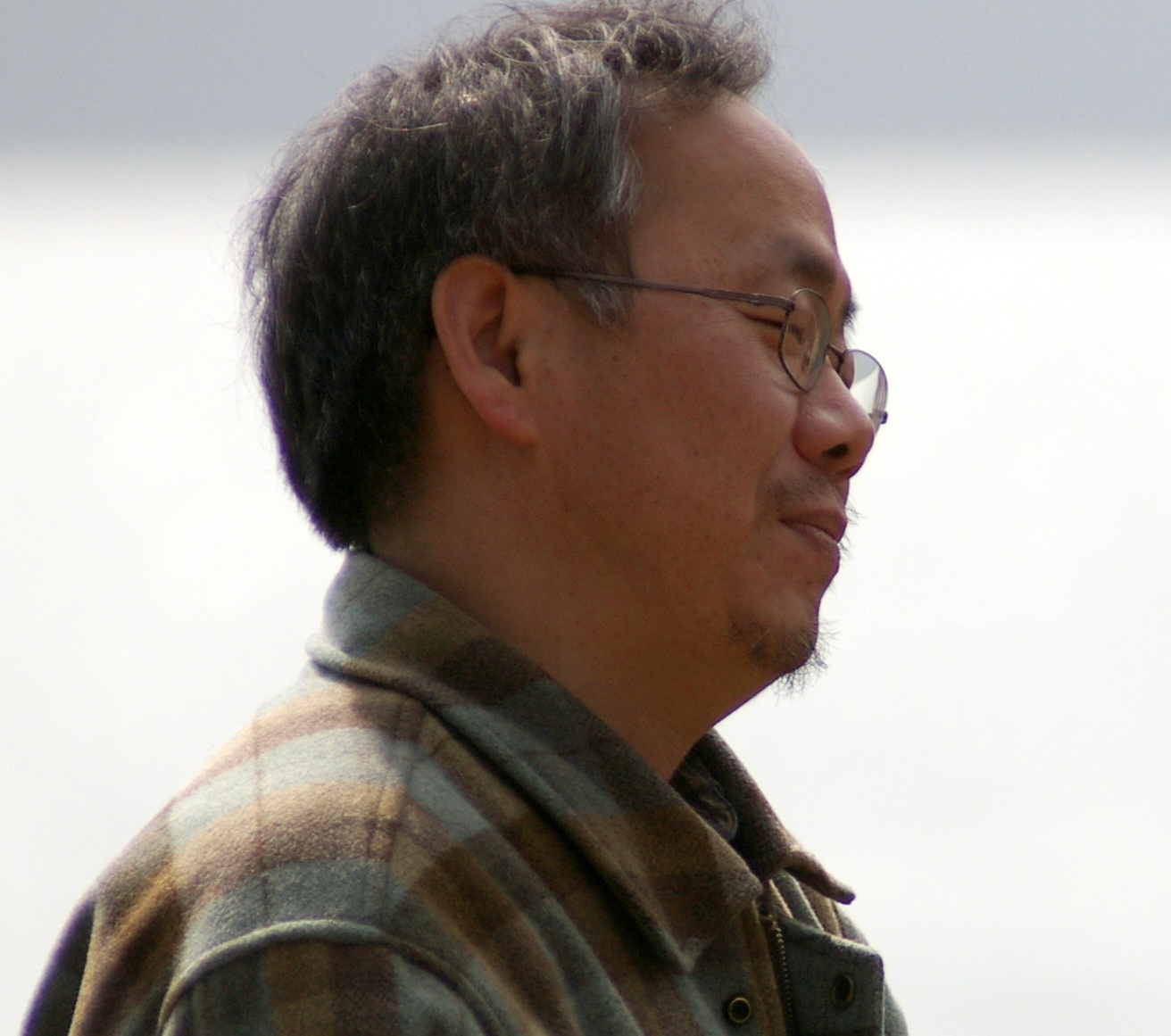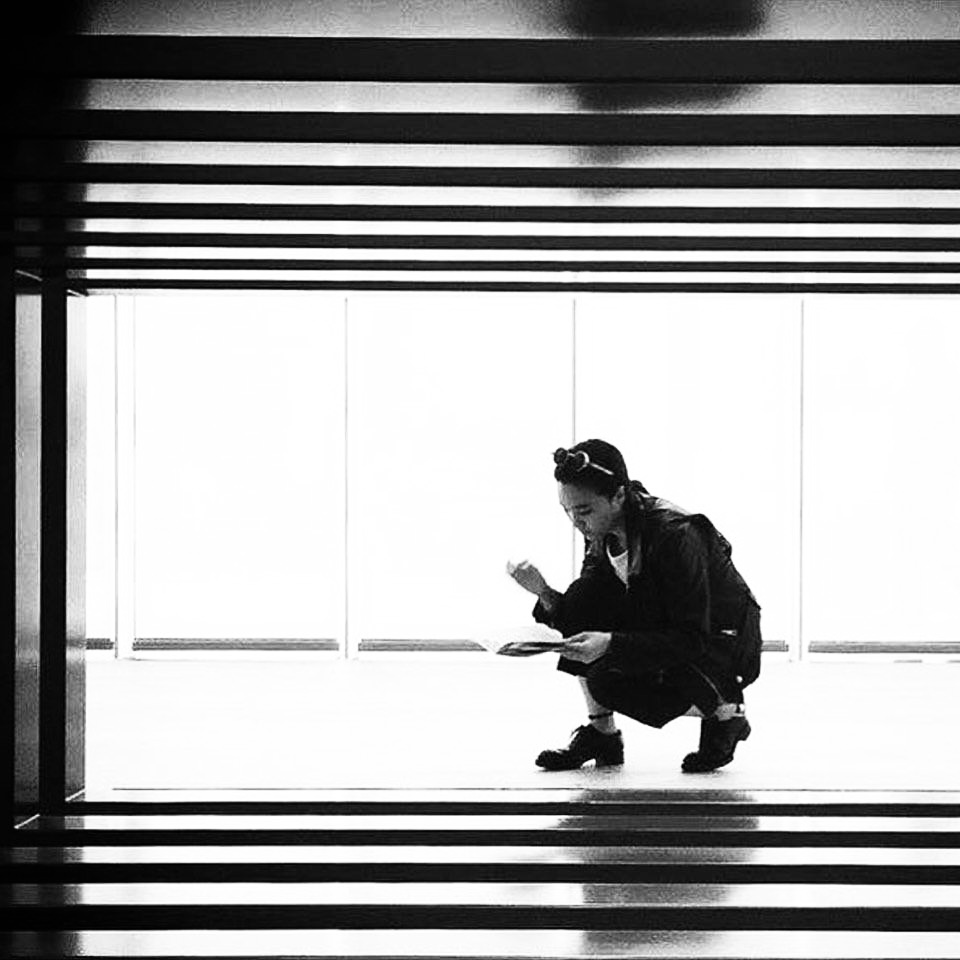Explore Cosmos Artists.

Sangmin Yoon
The reason I started taking pictures of magic that looked like they were drawn with a camera was when I studied how to shoot so that it could be expressed like a Vincent van Gogh painting. To imitate Van Gogh's vibrant paintings, use camera movement to abstract the light around the trees to create picture images with power and vitality. The camera movement inevitably creates delicate pieces of light that are simple yet repetitive. By collecting and stacking these pieces of light, I lead the overall flow of the work in the direction I intended and make it concrete, creating a new image that was not originally in the filming target. In the work, the strong wind passing sideways, the intense flow of light, the dynamic shape of the powerful light slashing diagonally, and the abstract expression of the light as if soaring upward from the ground are not found in the original filming target.

Willy Kim
Willy Kim is a self-taught artist who opts discarded materials, recyclable items, and found objects as primary medium for his art making. As a landscape painter, he is interested in embodying lively movements of the scenery by adding volume and texture to his pictorial plane. Over the years, the artist has made a stylistic transition from figurative to semi-abstract sculptural paintings since 2004. This shift coincides with his gradual departure from watercolor and oil as main mediums.

JAE WON JUNG
Jae Won Jung is a multidisciplinary artist from Seoul, South Korea. As a painter, sculptor, installation artist, photographer, and film director. She explores the aesthetic possibilities of painting, photography, and film. Jung works to express her own thoughts and emotions in a unique way using various media such as painting, sculpture, installation art, photography, and film, combining poetic images with philosophical and reflective storytelling. Jae Won Jung always explores herself and dive into the world where she can challenge with diverse materials and articulates her thoughts based on time, space. By intuitively approaching her two-dimensional work with sculptural aspects for form, texture, context, scale, She expands the vocabulary of her monochromatic painting and installation as a living entity in the zone where it existed in the boundary between time tenses. She has profound knowledge and depth of her works, and sometimes she expresses with an open perspective in spontaneous action by investigating the curiosity through the diverse materials, broad monochromatic color palette, intersected composition and structure. She thinks, feels, and acts with those subject matter as a continued investigation of time and space within her works. In Jae Won Jung's work, she values black as the color which is in charge of being held as the sequence of the heavy and massive medium for both absorbing and tracing the object which is the existence in varied tenses. Jae Won Jung paints with black in the matte, free-hand surface which does reflect its surroundings- a pure, time, space, trace, transition, relation- an object that is self-conscious ideal, transcendent, aware of spatiotemporal aspect. Jae Won Jung's work demonstrates the potential play and variety that is available within a limited vocabulary. While Jae Won Jung developed her ideas through diverse materials, She occupied her own playground of black space. Jae Won Jung approaches to expand the notion of ideas seem to propose the tactile quality, process-driven, and continued craftsmanship in terms of earthy material such as sand, stone, tree stump, etc. Also, in Jae Won Jung's work, it depicts the coherent reference in regards to the process of making. A representative of Jae Won Jung's investment in the material context, she carefully considers the materiality of the object, installation, and two-dimensionality in order to activate the space as she sees fit. The series of whole embodiments of works evoke the spatial experience of painting, sculpture and installation in color black that exudes the atmosphere of time based exploration.
